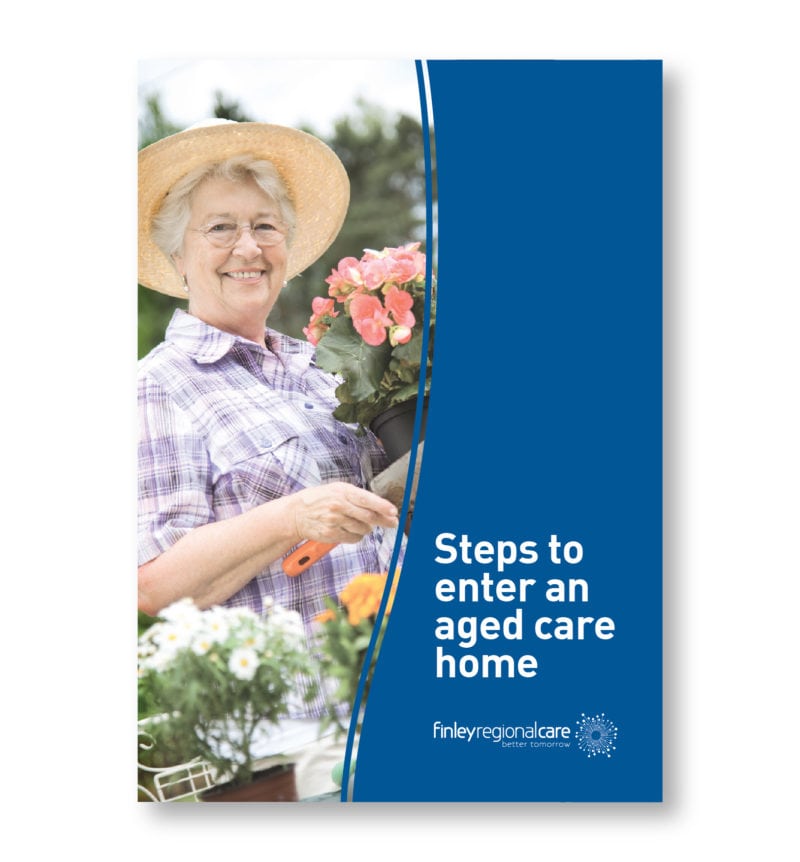Unfortunately, falls are a common occurrence in the home as you get older. Older people tend to spend more time at home, and to be less concerned with their safety when they’re in a familiar environment – often leading to a false sense of security. Falls can cause serious injuries and health issues, and can lead to a loss of confidence and independence in older people. This can also affect both physical and emotional quality of life.
As you age, falls can be caused by declining eyesight, hearing and reflexes, as well as muscle and bone strength and balance. Your balance can also be affected by certain medical conditions such as diabetes or heart disease, and some medications have side effects that make you sleepy or dizzy.
So, whether you want to stay in your own home for longer, or are moving to live with relatives, here are the best ways to make sure your home is safe and unlikely to cause falls.
Minor modifications
There are many small things you can do that will make a big difference to the safety of your house.
Bathrooms
- Use non-slip mats in the shower, and a non-slip bathmat next to the shower or bathtub.
- Install safety grab bars in the shower and next to the toilet.
- Consider a shower chair for those with impaired mobility.
- Install a height-adjustable shower head or hand-held style of shower
- Add a raised toilet seat or over-toilet-aid for ease of getting up and down.
Walkways and stairways
- Install grab bars or handrails in walkway areas, stairways and doorways to help aid balance.
- The floor surface changing from, say, carpet to tiles, can be a potential trip hazard. The best way to highlight this change is to mark the boundary between different floor surfaces with brightly coloured tape to call attention to the change.
- Throw rugs and mats can be a hazard, particularly where walkers and wheelchairs are concerned. If you must use a rug, make sure it’s a secure and non-slip one. Remove mats
- Make sure walkways are always left clear.
- Add coloured non-slip adhesive strips to the edge of steps, to help you differentiate each step and gain traction.
Bedrooms
- Have a night light switch close to the bed for ease of access in the night.
- It’s also worthwhile keeping a torch by your bed in case the power goes out.
- Always sleep with your mobile phone near your bed in case it’s needed.
- Ensure that your bed is of suitable height and there is enough space around it to move freely, especially with mobility appliances if used
Living areas
- Declutter living areas, so that potential trip hazards are not left lying around on the floor. Have a place for everything and make sure everything stays in its place.
- Keep electrical cords against walls and away from walking areas.
- Make sure carpets are secure and are in a good state of repair ( no holes or tripping hazards).
- Use chairs and couches that are high enough to get in and out of easily, alternatively use an electric lift chair where possible which makes transfers in and out of the chair much easier and reduces the risk of a fall.
General
- Pets can be a significant challenge, as animals (particularly cats) are prone to being underfoot and can cause elderly people to trip. Pets are a huge fall risk, but you don’t need to get rid of them completely. Where possible, contain the pet in a secure area when you are moving around, as they need to be prevented from potentially causing a fall. Keep pet toys off the floor and packed away when not in use.
- Put commonly used items within reach, so that you don’t have to stretch or reach to pick up the item.
- Make sure lighting in all areas of the home is bright and strong. Use nightlights in areas that are often used at night, such as the toilet, the bathroom and the hallway. Or consider motion-sensor lights so you don’t have to worry about turning them on and off.
- Re-arrange furniture to ensure there is always a clear path to get around.
- Cover sharp edges (such as on coffee tables) with padding to help avoid bumps or collisions.
- Make use of a “reach stick” – a tool you can use to pick up items from the floor or that have fallen behind things.
- Create hobby spaces, so you can access all the equipment and tools associated with your hobby easily, without having to get up often to go and look for things.
Major modifications
Where necessary, you may need to make a few major modifications to your house to make it as safe as possible.
- Alter the design of the shower so that it’s not necessary to step up to get into it.
- Install extra lighting to make sure the house is always well-lit.
- Replace high-pile, shaggy carpets that may cause trips with more secure, low-pile ones.
- Install ramps for ease of access for those with mobility issues.
- Install a stair lift.
- Install a help button, or carry a medical alert device so you can call for help if a fall happens (e.g. Vital Call personal alarm pendant)
Decrease the chance of a fall
Better yet, take steps to decrease the likelihood of falls from occurring in the first place. There are plenty of personal risk factors that can be modified, including:
- Stay physically active, as this will improve muscle strength, mobility, coordination and balance, and slow bone loss from osteoporosis.
- Be aware of all the potential side effects of medication, such as dizziness or tiredness.
- Have regular eyesight tests, to monitor small changes in eyesight.
- If you need glasses or contact lenses to get around, make sure you are always wearing them.
- Wear appropriate, non-slip footwear around the house, rather than smooth-soled socks or slippers, or loose and unsupportive sandals or high heels.
- Ensure plenty of sleep, as you’re more prone to falling when tired.
- Don’t stand up too quickly, as rapid drops in blood pressure can affect your balance.
- Don’t drink too much alcohol, as this slows reflexes and impacts your balance.
- Use walking devices when necessary.
Consider home care services
Home care services, where a carer comes into your home to help with tasks such as personal care, housework and gardening, might also help reduce your chance of suffering a fall. Click here to find out about Finley Regional Care’s Complete Care home care packages.
To read about how you can modify your driving as you get older, click here.


 FRC farewells leisure and lifestyle team manager, Wendy Sutton
FRC farewells leisure and lifestyle team manager, Wendy Sutton
